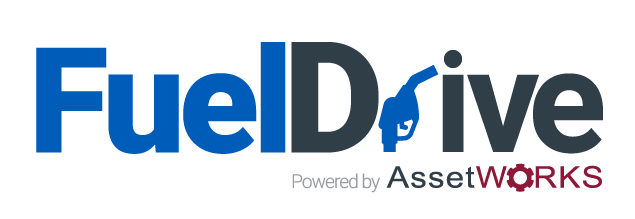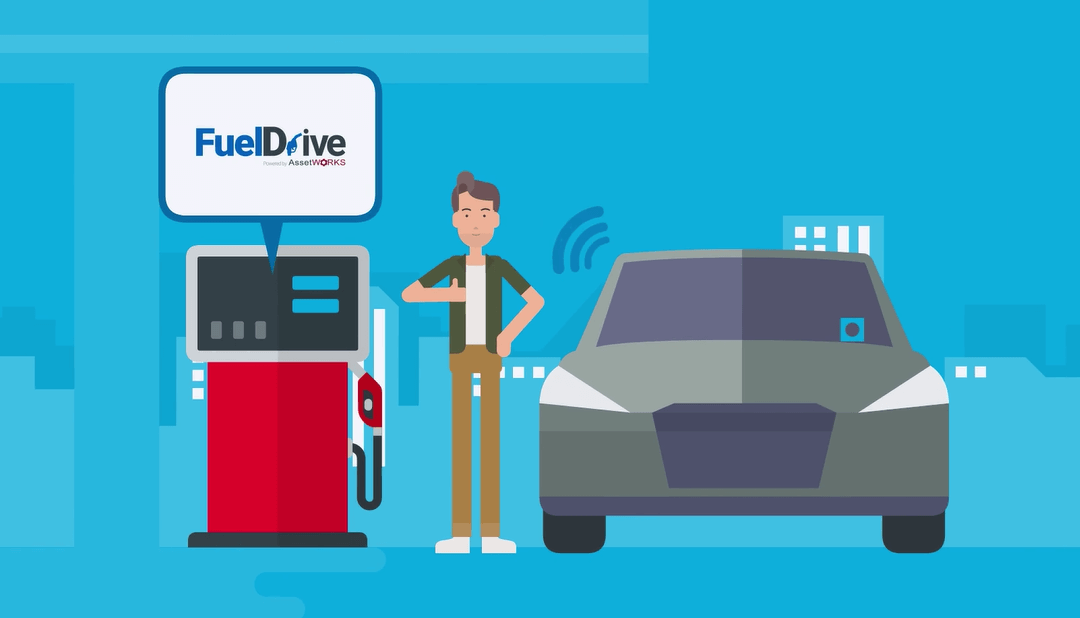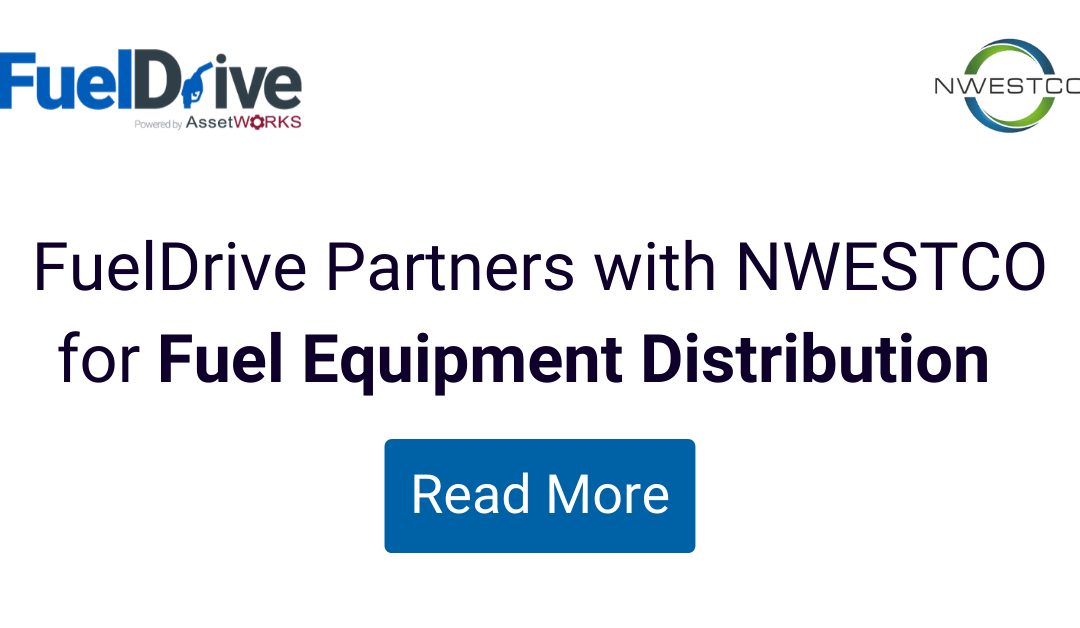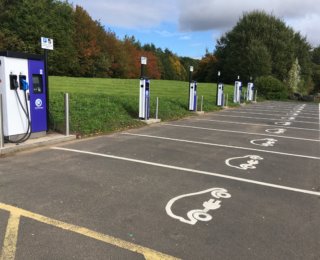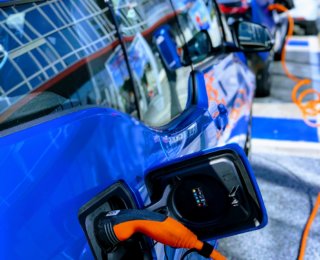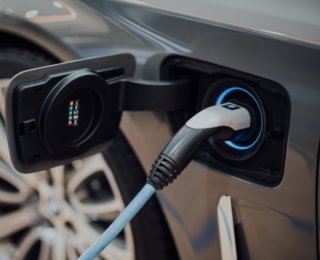
5 Key Features to Look for in a New Fuel Management System
Whether you are managing your fuel through a software system or a clipboard, it is necessary for fleets to regularly reevaluate their fuel management operations. Chances are, there are a few key areas for optimization as technology matures and evolves.
When looking into a new system, a fleet should keep an eye out for these top features:

Scalable System
The fleet business is ever-changing, which leads to fluctuations in vehicle count, type, and utilization. For a fuel system to work for a modern fleet organization, it needs to be scalable and adaptable to any fleet size and provide for unlimited users and vehicles.
The software should also be easy to access, with an intuitive and user-friendly design on desktops, laptops, tablets, and smartphones.
Security in the Cloud
For any fleet, security should be the highest priority. It’s more common to see news headlines covering data breaches or even hardware hacks. Hosting fuel data in the cloud provides one of the highest levels of security for hosted data, including important features like:
- Unique user ID server access
- Encoded usernames and passwords
- User blockage after several failed login attempts
- Communication cutoff mechanism after session timeout
Customizable Control
With powerful fuel management systems, there are several different options available for customizing and securing your fueling through Island Control Units (ICUs) and methods for beginning a transaction, like proximity card/fob, strip cards, keypad, or wireless automated fueling (WAF).
WAF has many benefits for fleets. With WAF, fleets install the hardware into either light or heavy-duty vehicles. It eliminated the ‘human error’ factor and provides accurate data coming from the vehicle’s ECM during the transaction. Data like odometer, engine hours, and trouble codes can be captured automatically with WAF, unlike manual fueling transactions.
Easy Upgrades
With a cloud-based solution, the system is remotely set-up and supported by the vendor. This means that the system can be automatically upgraded to the latest and greatest version, supporting new hardware and software features as they become available. This also means that automatic data backups ensure your fueling data is retrievable in the event of a system failure.
Innovative and Knowledgeable Team
Even the most feature-rich fuel management system is rendered ineffectual without an innovative and knowledgeable vendor. The fuel management software vendor should be consistently innovating their solution to provide the best possible solution to the customers, which could include new products or offerings, frequent training opportunities, and a willingness and openness to listen to customer ideas and challenges.
FuelDrive, powered by AssetWorks, offers these five features and more. With FuelDrive’s cloud-hosted solution, the remote setup is professionally managed and secured within the Microsoft Azure cloud. FuelDrive is scalable and adaptable to any size fleet and provides for unlimited users and vehicles within the system.
For more information, schedule a custom software demonstration with the FuelDrive team today.
